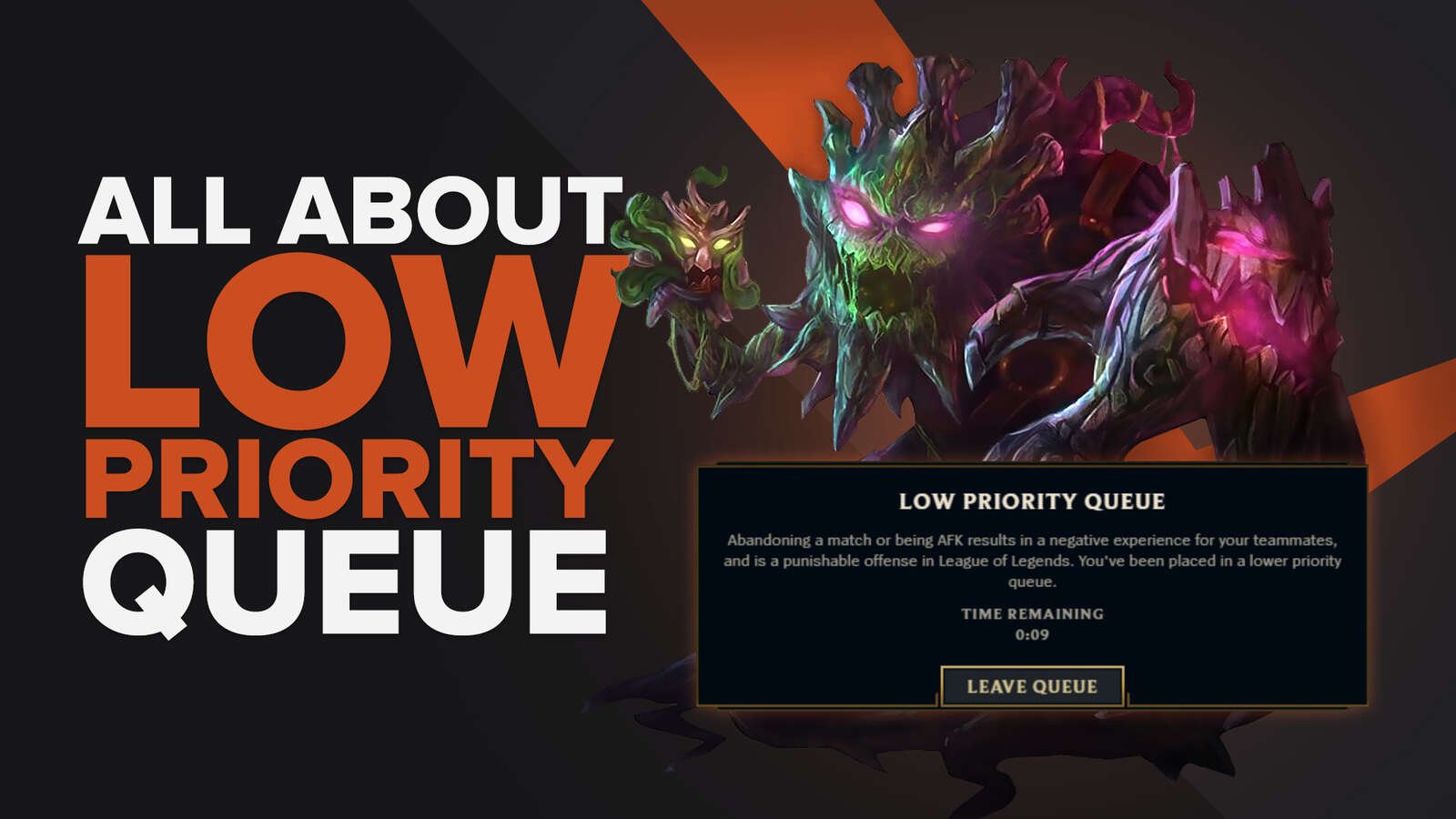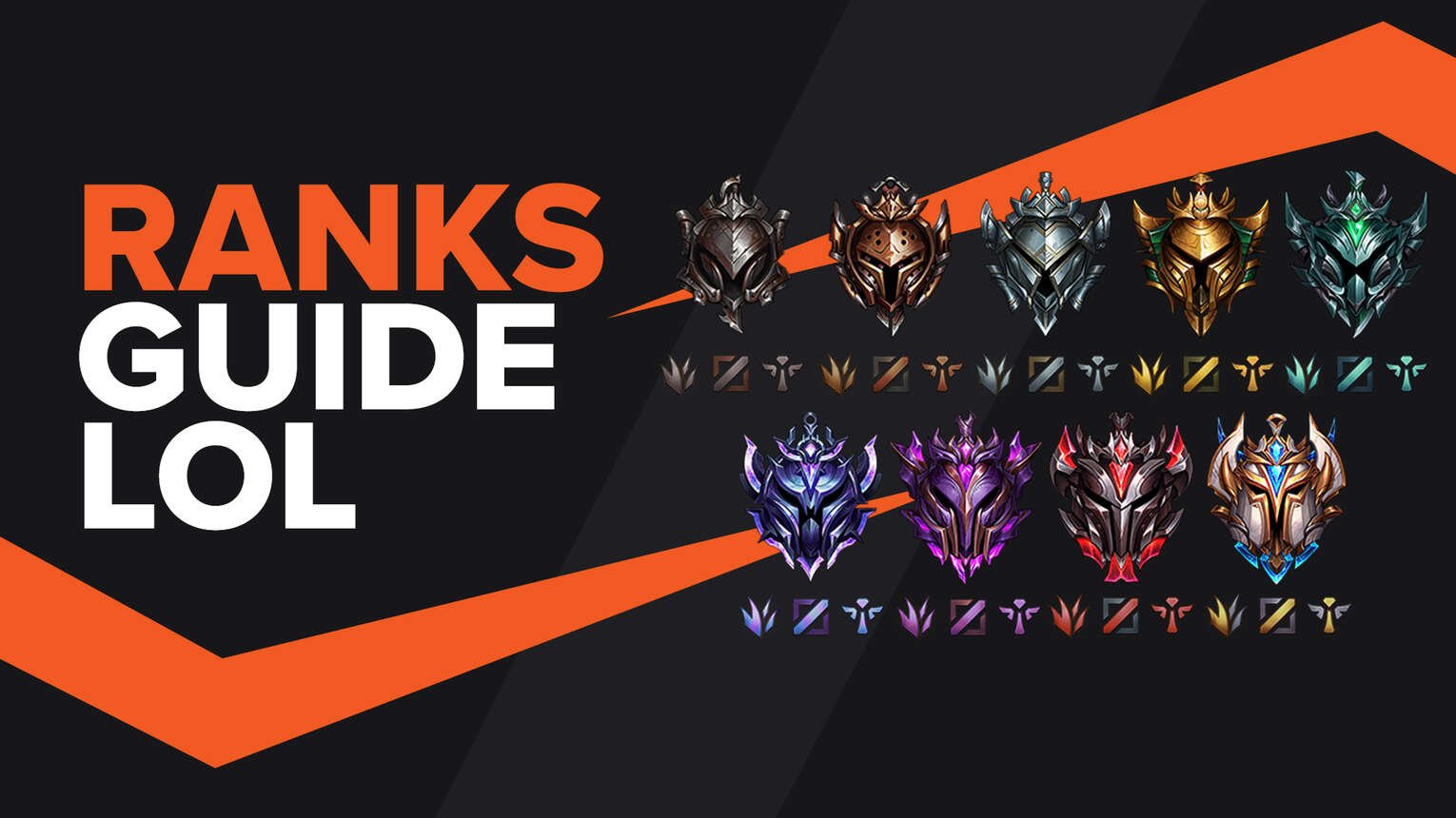
The phenomenon that is League of Legends truly started with the introduction of Ranked competition into the game. And, while nowadays all manner of games have something similar, it was League of Legends that truly made brought it to the gaming fore. Here we bring you an in-depth explanation of all the ranks in the game, starting from Iron all the way to Challenger.
What are the Ranks in League of Legends?
League of Legends has 9 ranking tiers for the competitive mode in the game.
Players will start at the Iron tier and can climb up to the Challenger tier. Most of the players will remain somewhere between the Iron to Gold tiers due to the difficulty that comes with progressing into Platinum and above.
As the tiers increase, so does the difficulty in climbing them, which might result in meeting players who are more emotional about winning or losing a game. These are all of the League of Legends ranks:
| RANK | RANK ICON |
|---|---|
| Iron | 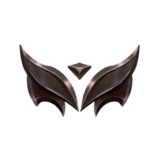 |
| Bronze |  |
| Silver |  |
| Gold |  |
| Platin |  |
| Diamond |  |
| Master |  |
| Grand Master |  |
| Challenger |  |
Each Ranked Division is further separated into four tiers. It takes one hundred League Points to progress between tiers and winning three out of five promotional matches to move from a lower division to a higher one. Starting with the Master rank, however, the tiers are no longer present, with the amount of League Points being the only divider.
How Does the League of Legends Ranking System Work?
The League of Legends ranking system uses various other systems to assist it with placing players into divisions, organizing teams and dealing with matchmaking.
It sounds like there's a lot to the ranking system but there's not much that players need to know about. Only a few pieces of information are important to keep in mind when trying to improve your League of Legends rank.
For the most part, understanding the LP system is enough but knowing about MMR can be very beneficial and ELO can be good to keep in mind.
How to start Playing Ranked in LoL?
If you're new to League of Legends and are looking to play competitively, then you need to be aware that only experienced players have access to it. Ranked is only available to players who meet these two requirements:
- Are Level 30 or above
- Own at least 20 different champions
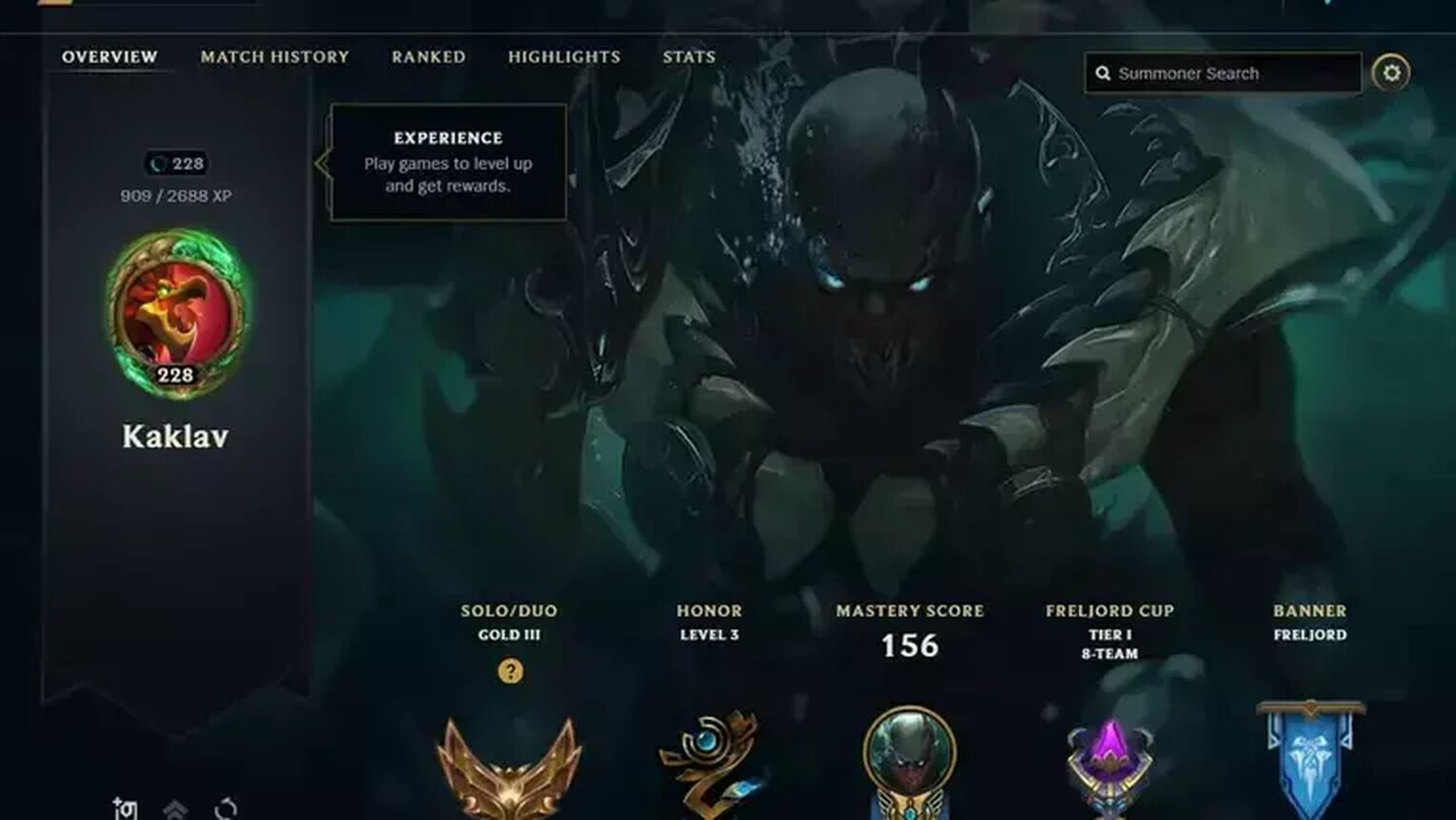
Once you've met these two requirements for League of Legend ranked, you're able to take part in the ranked mode.
It's possible to join both types of ranked queues, including the flex queue once the base requirements have been met. We advise buying overpowered champions for the second requirement, to have an easier time climbing.
How Does the Seasonal Rank Reset Work in LoL?
Each season of ranked is a fresh start so that the rank of all players is reset.
If you've never played ranked before then you'll need to complete 10 placement games to get your first rank. In this case, you start off from Iron IV and depending on your performance in these 10 games, you can climb up to Bronze.
Players that have already participated in League of Legends ranked, will instead start from their previous rank, minus one division, and tier.
What is the Rank Distribution in LoL?
The League of Legends competitive season takes place, roughly, over the period of nine months a year, depending on the length of the preseason. The rank distribution is updated every season for the Solo Queue and Draft Ranked Flex Queue as well.
The average League of Legends rank is found between Silver and Gold, depending on the duration of the season:
| RANKS | DISTRIBUTION |
|---|---|
| Iron | 1.8% |
| Bronze | 18% |
| Silver | 33% |
| Gold | 32% |
| Platinum | 12% |
| Diamond | 1.5% |
| Master | 0.18% |
| Grandmaster | 0.042% |
| Challenger | 0.020% |
Rank distribution changes frequently, with most players ending up in the Gold division by the season’s end. For that reason, every year, Riot hand out free Victorious Skins for players that achieved Gold rank, or above. These are always nice to have, though they do differ in quality.
What is the difference between SoloQ and Flex Queue in LoL?
League of Legends ranked doesn't only need to be played solo. Playing with another person in a duo queue is a great way to get an advantage in ranked plus playing with friends is fun!
The Flex Queue allows groups of up to three for those competitive matches in League of Legends. The Solo/Duo queue allows for both solo and teams of two who are then ranked together.
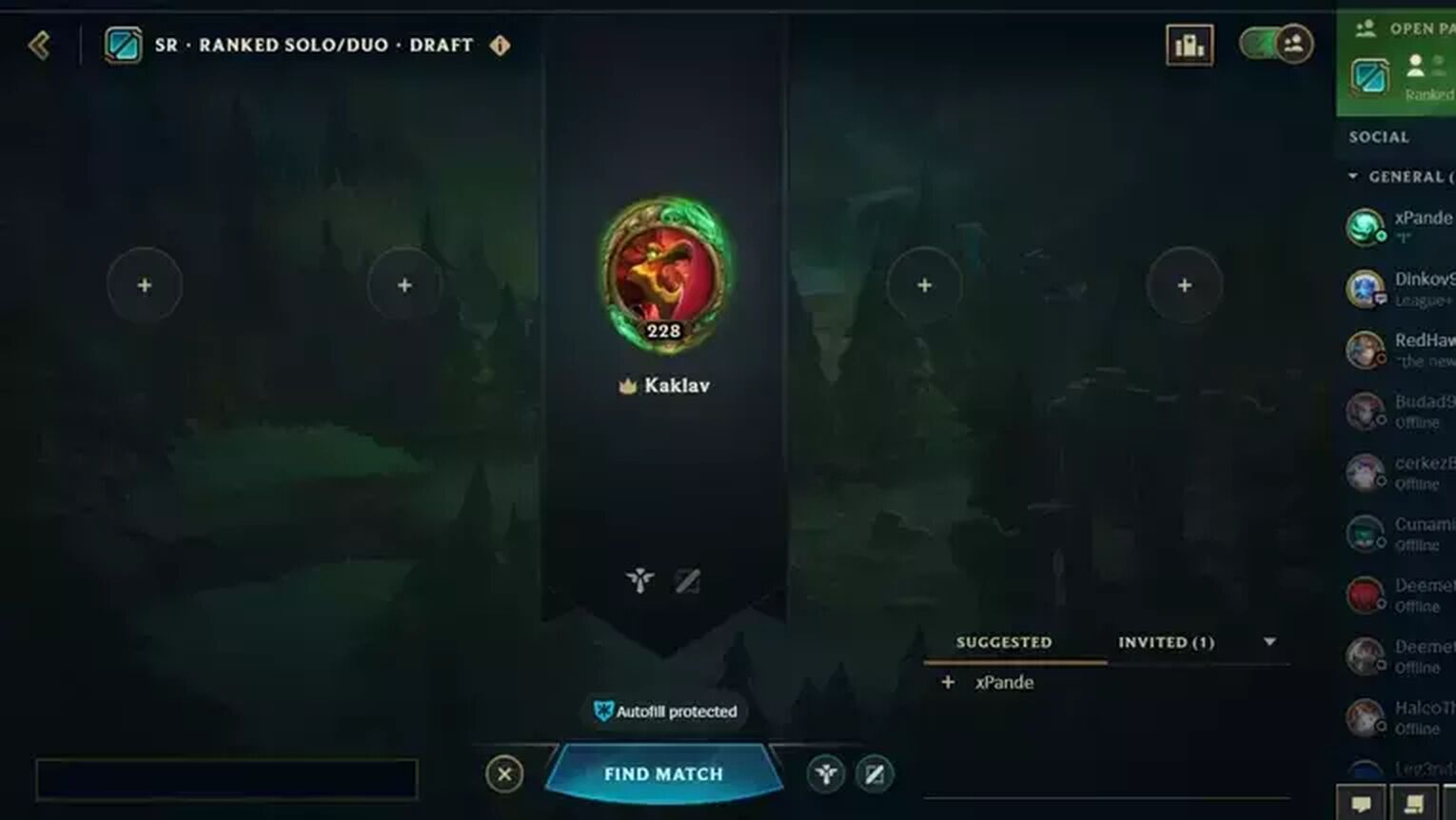
Three-player teams, on the other hand, need to go through the Flex queue which has a separate ranking list as these teams have an obvious advantage over single players or duos.
Interestingly, four-player teams are restricted from Flex Queue, as not to gang up on the fifth member, and flame them into oblivion. The rank for both of these queues is different, meaning you can have one rank for solo play and a different one for the Flex Queue.
When the season is over and rewards are being distributed, you will be rewarded based on whichever queue is highest. Unfortunately, Flex Queue is considered by most players to be filled with elo inflated players and is thus looked down upon.
What are League Points in League of Legends?
The League of Legends ranking system is based on wins or losses for each player. The points earned from winning are called League Points or LP fo short and the amount a player earns for winning is based on various factors:
- Teammate Rank
- Enemy Rank
- Number of losses that season
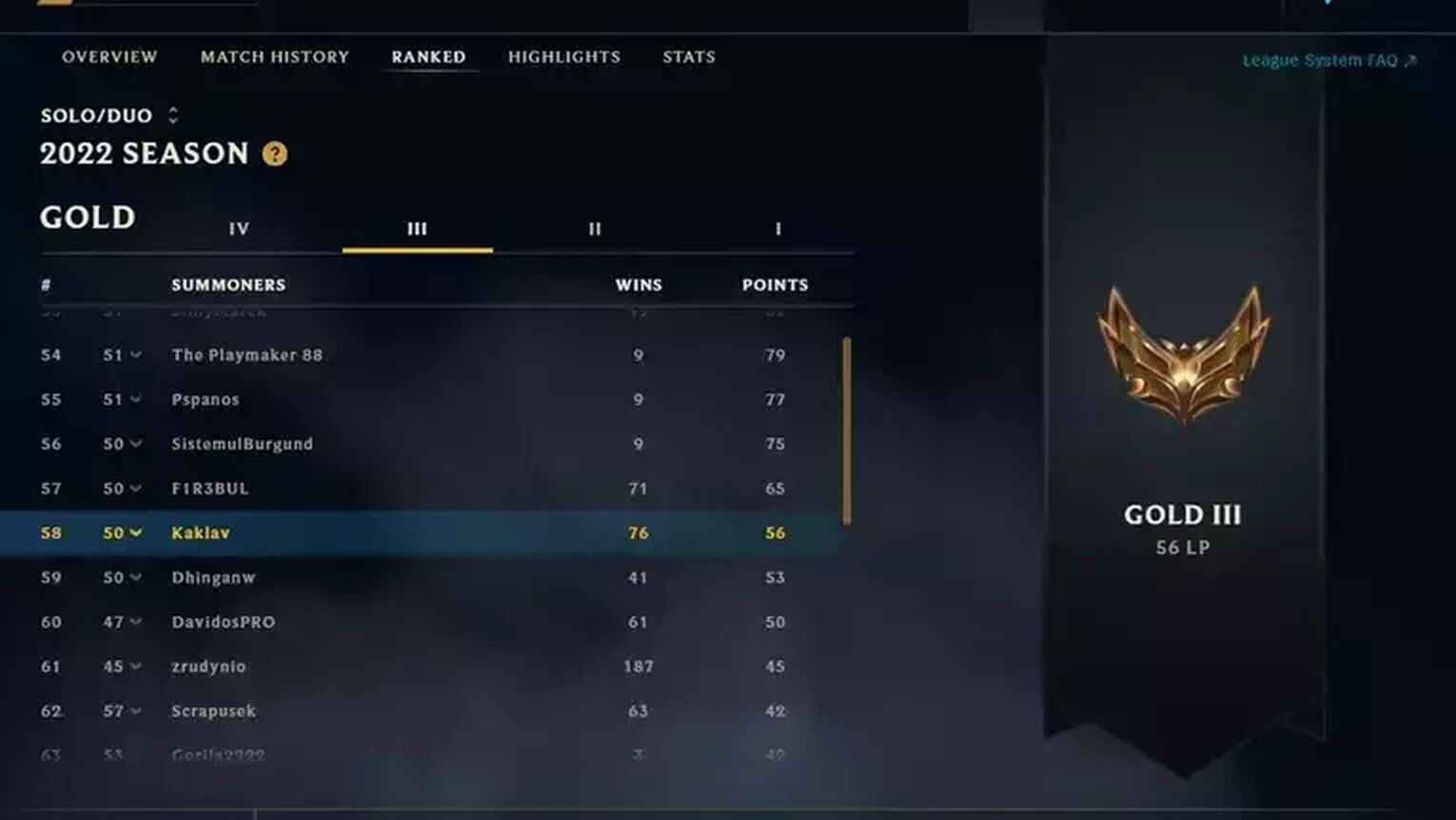
All of these, and some hidden mechanics, play a role in determining how much LP a player wins or loses from a game. Progressing through the tiers and divisions in the LoL ranking system is also based on the LP.
Each division has a certain number of LP required before someone can advance to the next division or tier. For tiers, most of them require 100 LP to advance and once a player has enough points, they enter a placement period where they need to win three games in a “best of five” style to enter the next tier.
Winning this promotion series will allow that player to move up into the lowest division of the new tier. However, losing the promotional games will cause the player to lose their LP, with the amount depending on how many times they failed at promoting.
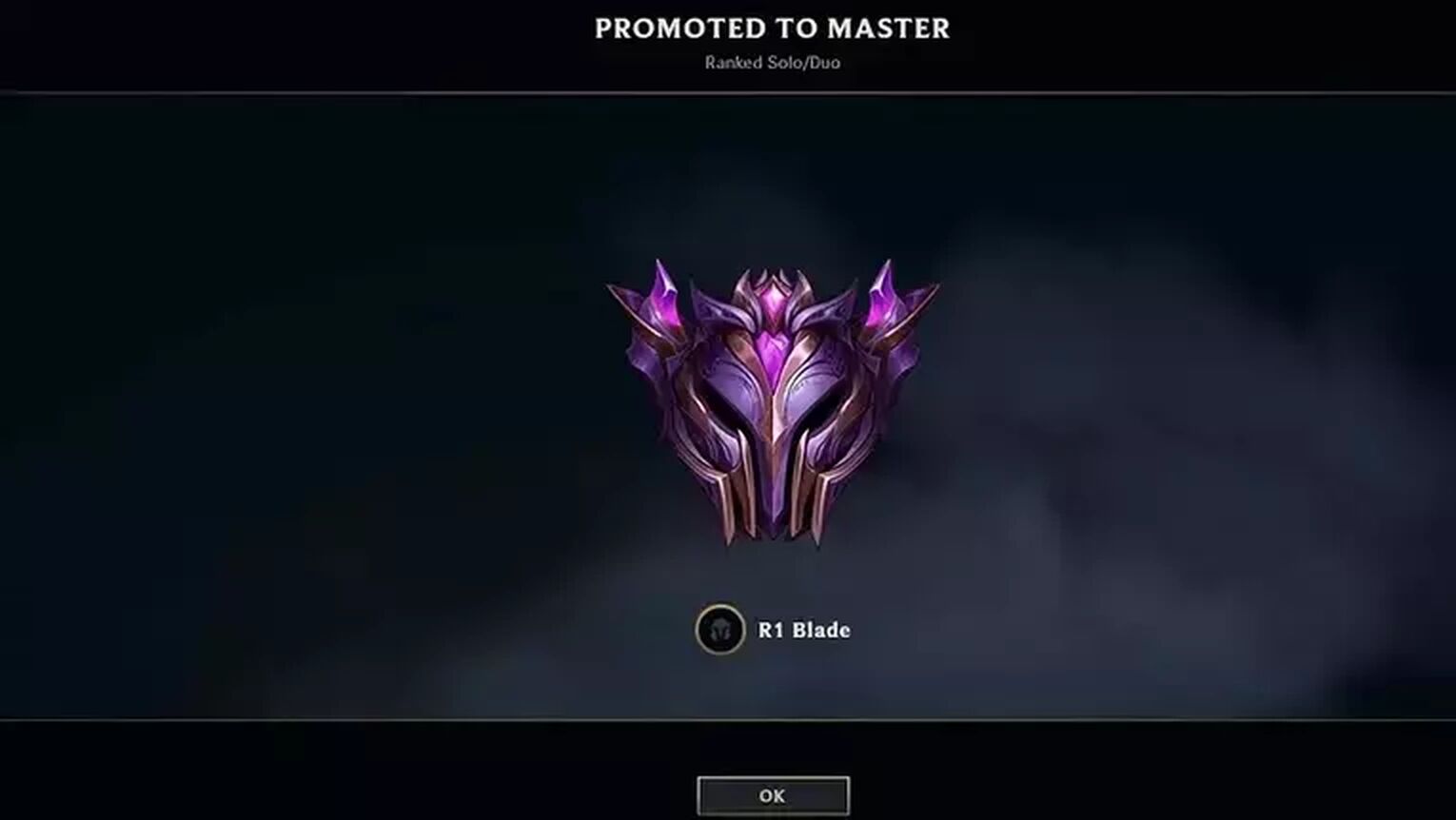
This principle changes slightly for Master tier and above. Riot Games has included a game banking system for League of Legends players ranked at Master or above.
Not playing games will cause Master ranked players to decay LP daily but the game banking system means that players can skip days of playing.
Players can have a total of 10 banked games maximum and 1 game is removed from the back per day the player hasn't played ranked. Once it reaches 0 in the bank, the player will lose 250 LP per day until they've banked more games. Reaching 0 LP will then cause demotion as well.
What is League of Legends ELO?
The Elo rating system is the method for calculating the relative skill levels of players and was originally made for chess.
This is the system that estimates the skill of a player based on previous matches they've played, with the so-called “High ELO” starting with the Diamond I rank, as it’s the rank needed to be a professional LoL eSports player.
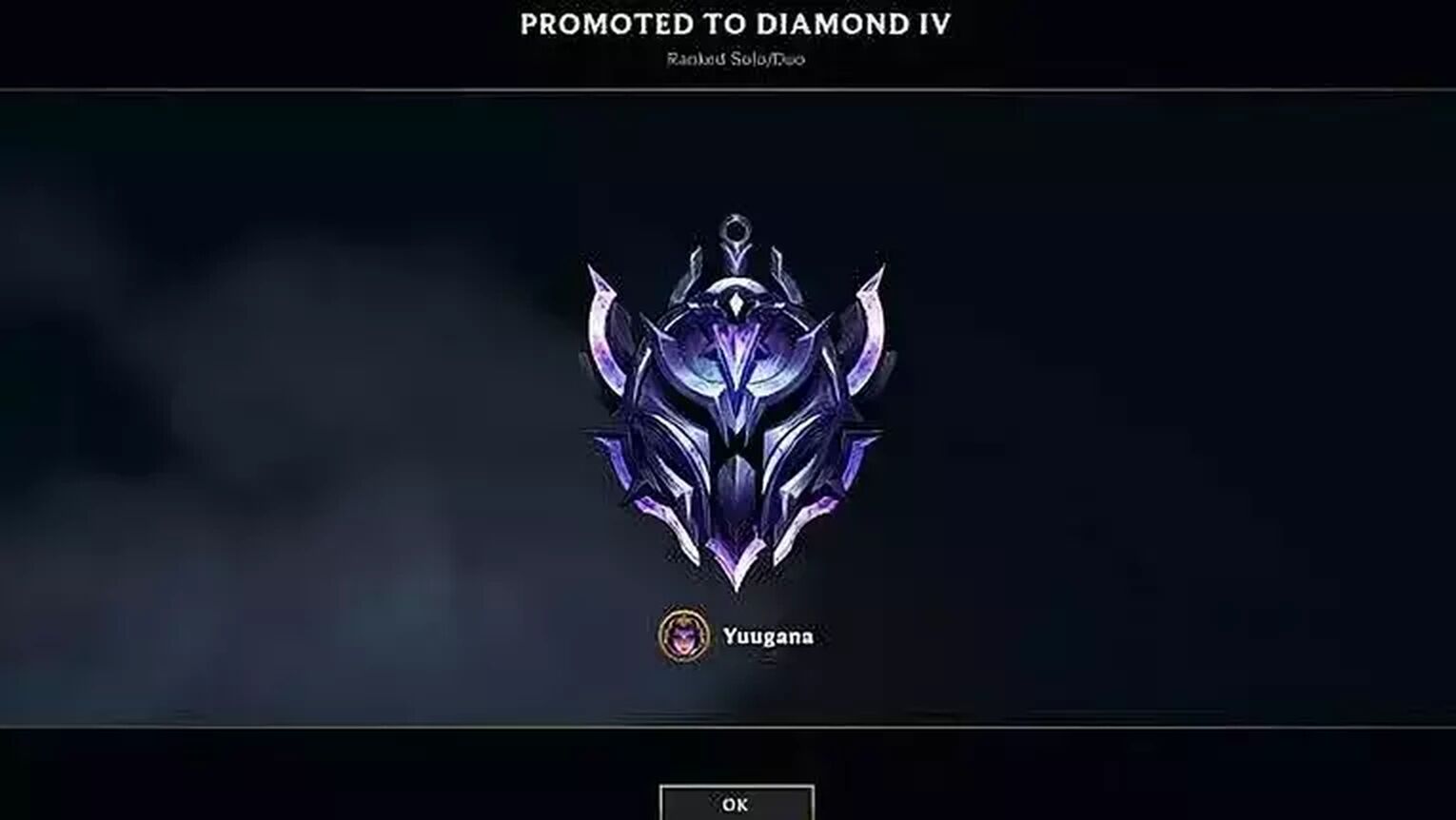
League of Legends Elo causes players to increase in points according to winning and losing against players of a certain skill.
Generally, when players talk about their Elo what they mean is their displayed rank which is visible to all players. Elo is still used in the LoL MMR system. It's used to estimate how good a player is so they can be organized into teams to ensure the MMR is mostly equal for both teams.
A great place to learn all about the different champions is Mobalytics. It's the ultimate gaming companion that helps players of all skill levels to improve themselves and climb up those ranks.


.svg)


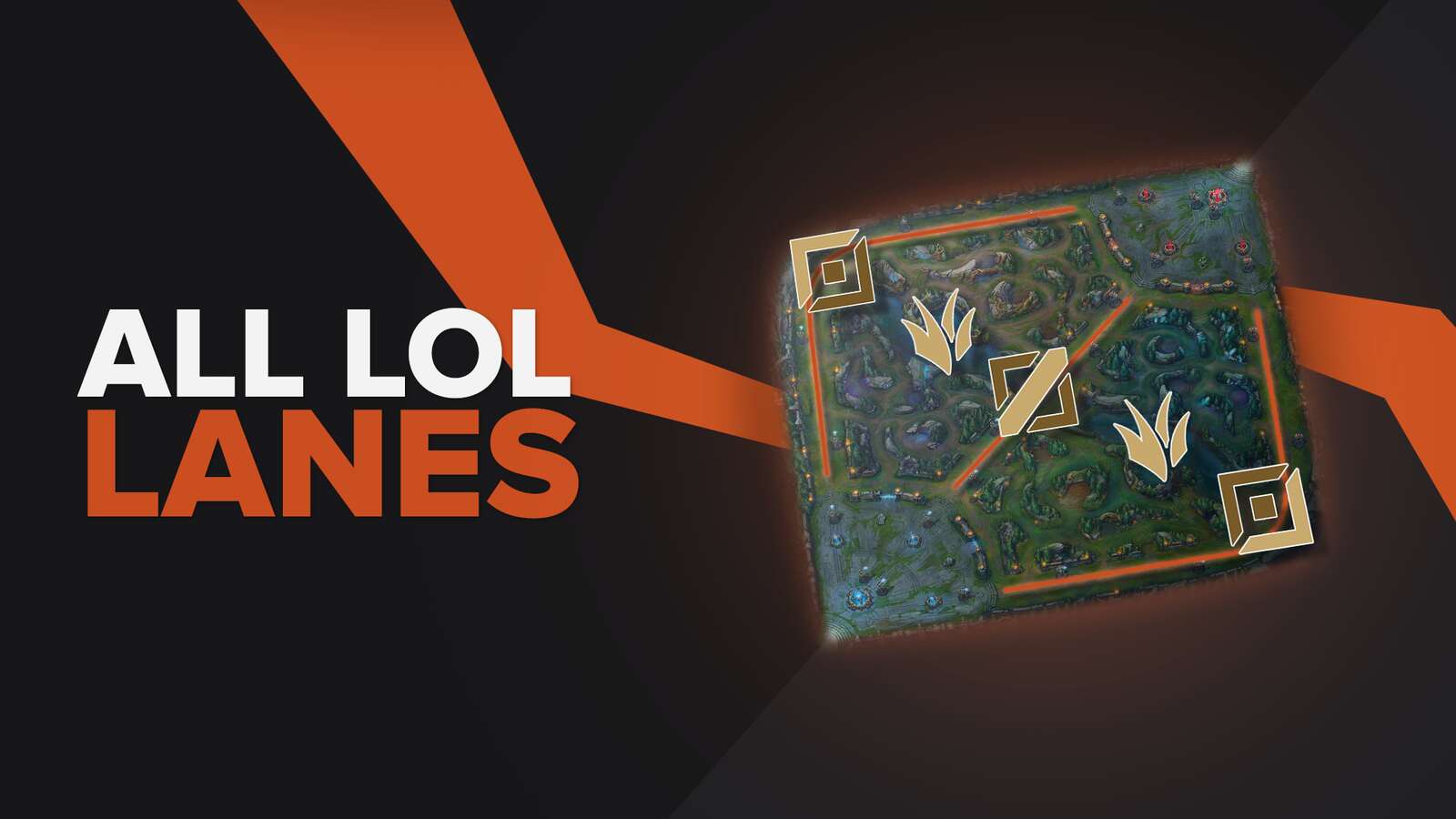
![How To Easily Check Honor Progress in LoL [Step-by-Step]](https://theglobalgaming.com/assets/images/_generated/thumbnails/591276/HOW-TO-CHECK-HONOR-PROGRESS_03b5a9d7fb07984fa16e839d57c21b54.jpeg)
![6 Hottest LoL Champions Out There [#5 Might Surprise You]](https://theglobalgaming.com/assets/images/_generated/thumbnails/66223/6208771dd96fc566fbeb928a_hottest20champions20lol_03b5a9d7fb07984fa16e839d57c21b54.jpeg)
